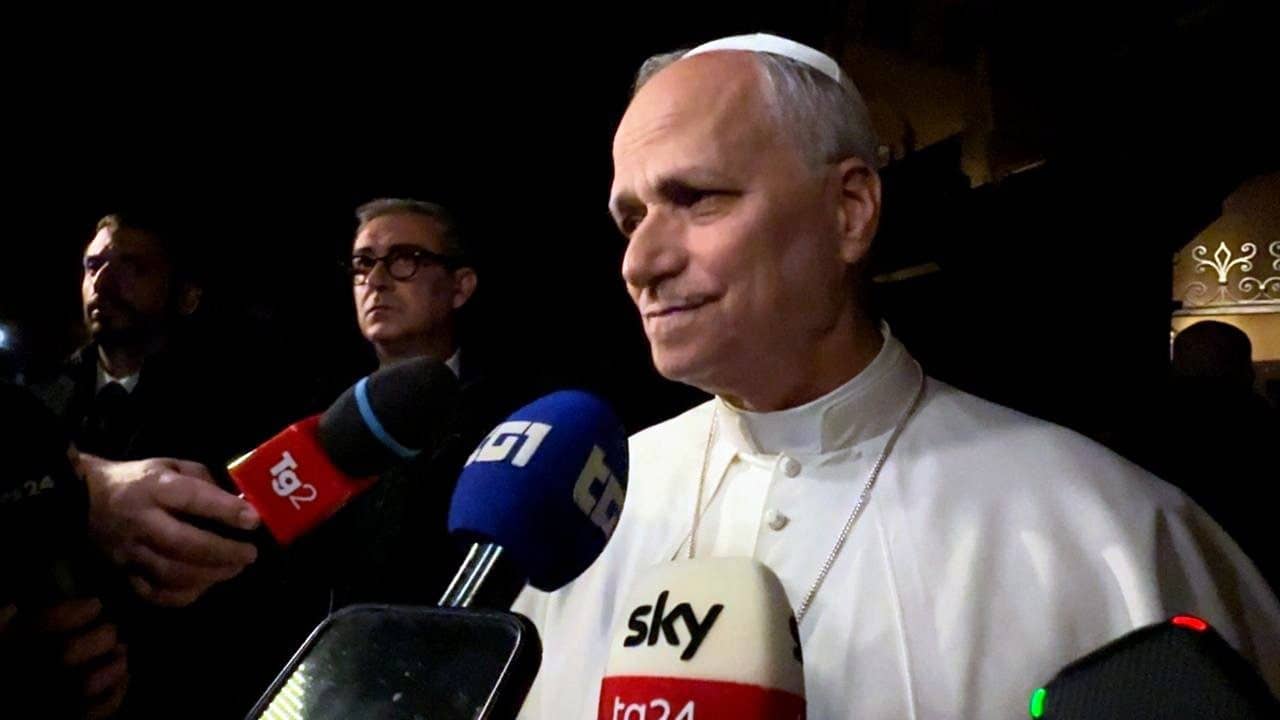ROME — Pope Francis has approved a Sept. 4 date for Mother Teresa of Kolkata, one of the most iconic Catholic figures of the 20th century, to formally be declared a saint of the Catholic Church.
Four other canonization dates also were confirmed on Tuesday.
The other new saints are Argentine Rev. José Gabriel Rosario Brochero, Polish Rev. Stanislaus of Jesus and Mary Papczynski, Swedish Bridgettine Sister Maria Elisabeth Hesselblad, and Mexican martyr José Sánchez del Río.
Mother Teresa’s canonization will be celebrated by Pope Francis in Rome, and it’s likely to be the largest event of the Holy Year of Mercy in terms of crowd size. It will also serve as the closing for a jubilee celebration for workers and volunteers of mercy, to be held in Rome on Sept. 2-4.
Canonizations are usually held in Rome, but there can be exceptions; for example, Francis declared Junipero Serra a saint during his trip to the United States last September.
Many devotees of Mother Teresa in India had asked Francis to travel there for the ceremony, but given that the canonization is happening in conjunction with an event for the Holy Year of Mercy, the Vatican confirmed that it will happen in Rome.
Here’s more information of the five new saints:
Mother Teresa of Kolkata
Mother Teresa was born Agnes Gonxha Bojaxhiu on Aug. 26, 1910, in Skopje, Macedonia. The youngest of three children, she attended Sodality, a youth group run by a Jesuit priest, which eventually opened her to the call of service as a missionary nun.
Founder of the Missionaries of Charity, she spent the majority of her life working in slums, teaching poor children and treating the sick.
Mother Teresa won the Nobel Peace Prize in 1979.
More than 300,000 pilgrims came to Rome in 2003 for her beatification — the first step to sainthood in the Catholic Church. A larger crowd is expected this September. The beatification was celebrated by Pope John Paul II, who during his homily defined her as someone who “proclaimed the Gospel living her life as a total gift to the poor.”
The second miracle needed to declare her a saint was approved by Francis last September. It involved the healing of a now 42-year-old mechanical engineer from Santos, Brazil, who was in a coma as a result of a viral brain infection that resulted in multiple brain abscesses.
Pope Francis has voiced his admiration for the religious sister several times. During his trip to Albania in September 2014, he said he’d once met Mother Teresa in 1994 during a synod of bishops at the Vatican.
“I would have been afraid to have had her as my superior, since she was so tough,” he joked at the time.
Elizabeth Hesselblad
Hesselblad was a Swedish nurse who converted to Catholicism in her youth and founded a new form of religious life known as the Bridgettine Sisters. She was born in 1870 and died in 1957.
Upon turning 18, she moved to New York, where she studied nursing at Roosevelt Hospital. She was baptized in Washington DC in 1902, and soon after traveled to Rome where she visited the House of St. Bridget of Sweden, where the medieval saint had spent the last half of her life.
She made her religious vows as a Bridgettine sister in 1906 with special permission from Pope Pius X. Hesselblad dedicated her life to serving the poor and working for Christian unity.
Her canonization will be June 5.
Stanislaus of Jesus and Mary Papczynski (born Giovanni Papczyński)
Papczyński was a Polish priest and founder of the Marian Fathers — the first Polish religious order for men that was also known as the Marians of the Immaculate Conception.
According to the webpage of his canonization cause, he became an advocate for Holy Souls in Purgatory, which still remains a central focus for the Marians, in addition to spreading devotion to Mary as the Immaculate Conception, operating publishing apostolates, and assisting in parishes, shrines, and missions.
As with Hesselblad, he’ll be canonized June 5.
Rev. José Gabriel Rosario Brochero
Known as “Cura Brochero,” he will be canonized Oct. 16. He’ll become only the second Argentine saint. He was declared blessed, the step before sainthood, in 2013.
This “Gaucho” saint, who served the poor in Cordoba, Argentina, in the late 1800s and early 1900s, embodies Francis’ idea of a good priest. He once defined him as a “shepherd who had the smell of his sheep.”
For more than five decades, Brochero traveled around the province of Cordoba on the back of a mule, building church schools and opening roads between the mountains.
He tended the sick during a cholera epidemic in 1867, and later in his life, he contracted leprosy. Although there’s no formal record, some observers claim he got it from sharing mate (a tea-like beverage Francis is often seen accepting in St. Peter’s Square) with those already ill.
José Sánchez del Río
He was a young Mexican boy, a martyr of the Cristero war (1926–1929). He was tortured and killed by government officials because he refused to renounce his Catholic faith. He was born in 1913 and killed in 1928.
According to his biography, the soldiers who executed him cut off the soles of his feet and forced him to walk barefoot to his grave.
As with Brochero, his canonization will be Oct. 16.

















